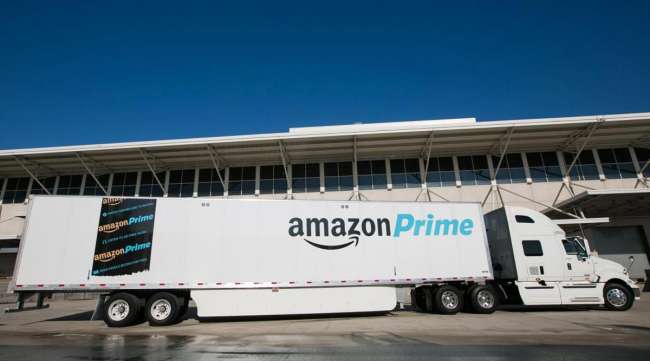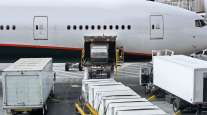Shippers Reluctant to Shift Freight Away From Trucks, but Intermodal Demand Could Rise

Fewer shippers moved their freight from truckload to intermodal in the second quarter as the difference in price between the services narrowed, but a shift could occur with the December electronic logging mandate, according to two surveys released this month.
A Cowen & Co. survey found that 65% of shippers did not move freight from road to rail in the second quarter, 8 percentage points higher than the first quarter. Another survey, from Morgan Stanley, found 59% said no for the same question.
Railroads sell intermodal service as a way to save money while sacrificing some speed on long hauls. Shippers concerned with inbound costs may choose intermodal to remain competitive on price.
But the Cowen survey found that nearly one-half of shippers said that intermodal saved them only up to 5%. One quarter said that truck prices actually were lower. Only one in five said intermodal saved nearly 10%.
The tighter gap was why some shippers were reluctant to shift to intermodal. Others believe rail is too slow to keep up with the quick pace of inventory turnover, according to Morgan Stanley.
Shippers that took freight off trucks in favor of the rails identified tightening truckload capacity and better intermodal service as primary motivators.
While most industry analysts and truckload executives believe prices will spike as truckers leave the industry instead of installing ELDs, the two surveys found that shippers believe intermodal prices also will go up about 3% over the next six months, due to greater demand.
“Overall, we view the results of this survey as positive for the railroads. The 3% price increase expectation leaves additional breathing room from the all-important 2% rate,” Cowen & Co. industry analyst Jason Seidl wrote in his report. “Two percent is important because rail-cost inflation typically hovers in that area, and pricing will need to remain above that level in order for the rails to improve their operating ratios.”
Nevertheless, 72% of shippers told Morgan Stanley that they plan to increase rail transportation spending in the next six months, up from 56% in the first quarter. The ELD mandate seems to be one reason behind the upcoming decision.
Morgan Stanley asked shippers to rank truckload capacity in six months based on a scale where one equals abundant, five is balanced, and 10 is very tight. Shippers put the current market at 6.3 and projected 6.8 in six months. One year ago, the number was 4.9.
“There could be some shift back to intermodal, but it will depend on how tight truckload gets post-ELD,” Morgan Stanley analyst Ravi Shanker told Transport Topics. “There will likely be at least a three- to six- month delay, and volume gains are more likely than pricing gains for intermodal given the closing gap between truckload and intermodal pricing. There will have to be a big ELD impact in truckload for intermodal to gain real traction.”




